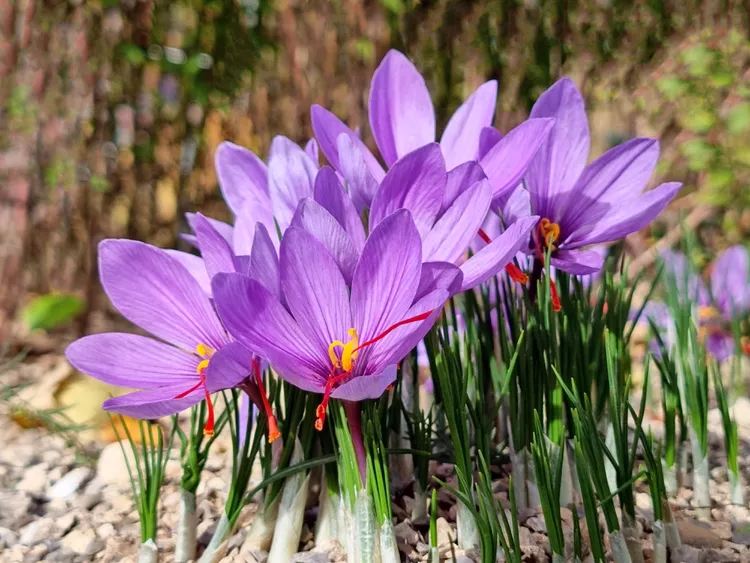
Description
Saffron, which is made from the flower stigmas of the saffron crocus plant (Crocus sativus), a member of the iris family, is regarded as the most costly spice in the world. The long, thin, fragile threads that make up saffron are a deep crimson color. The dried stigmas of the Crocus sativus flower are these strands. Length and Shape: Saffron threads can have a length of two to four centimeters.
Saffron is highly valued in cooking due to its fragrant flavor and stunning golden hue. Spanish cuisine frequently includes the spice saffron in recipes like seafood paella. To improve the flavor of stews, couscous, and rice, add saffron threads.
Habitat
Originally from the Asia Minor region, Iran currently produces around 85% of the world’s saffron, which is used in food preparation, medicinal, colors, and perfumes. The United States is another country that grows saffron, primarily in Pennsylvania.
Uses
Traditional medicine has been using saffron extracts and tinctures for millennia to treat a variety of illnesses and disorders. Antispasmodic, eupeptic, sedative, diaphoretic, expectorant, stomachic, stimulant, emmenagogue, and abortifacient are a few of the applications that it has been used for.

Plant Care
- Choose a hospitable environment. USDA hardiness zones six through eight are ideal for saffron crocus flower growth. Seek out a fully sunny, dry spot for best development.
- Pick a soil that drains properly.
- The ideal soil for saffron growth is one that drains easily and is rich in mulch and other organic matter.
- Plant your saffron crocus bulbs. Any nursery will sell saffron bulbs, which you may plant in your garden in the early autumn. Ten crocus bulbs should be planted per square foot of area.
- Water your saffron plants. In arid Mediterranean regions, saffron grows well. If the amount of rainfall in your area is less than six inches per month, lightly water or spray the soil. Autumn-blooming, this crocus will display greenery in the early spring, followed by spectacular blooms in the autumn. Saffron corms go through a dormant phase after blooming, during which the leaves and flowers wither. If placed in moist soil, dormant corms may rot and perish. However, if you have the correct soil, your saffron will grow new leaves and blossom again in September.
- Your saffron plants need fertilization. Saffron plants can grow without fertilization, however feeding them once a year can encourage development.
Table





